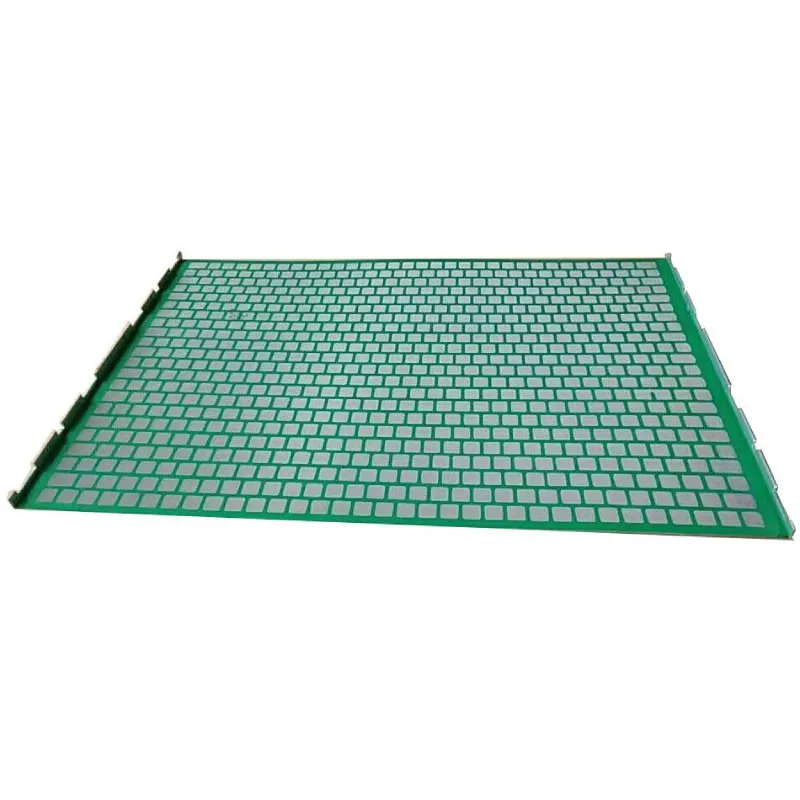- Industrial zone, South of Anping Town, Hengshui, Hebei, China.
- sales@hfpetromesh.com
- +86-18931809706
 Afrikaans
Afrikaans  Albanian
Albanian  Amharic
Amharic  Arabic
Arabic  Armenian
Armenian  Azerbaijani
Azerbaijani  Basque
Basque  Belarusian
Belarusian  Bengali
Bengali  Bosnian
Bosnian  Bulgarian
Bulgarian  Catalan
Catalan  Cebuano
Cebuano  Corsican
Corsican  Croatian
Croatian  Czech
Czech  Danish
Danish  Dutch
Dutch  English
English  Esperanto
Esperanto  Estonian
Estonian  Finnish
Finnish  French
French  Frisian
Frisian  Galician
Galician  Georgian
Georgian  German
German  Greek
Greek  Gujarati
Gujarati  Haitian Creole
Haitian Creole  hausa
hausa  hawaiian
hawaiian  Hebrew
Hebrew  Hindi
Hindi  Miao
Miao  Hungarian
Hungarian  Icelandic
Icelandic  igbo
igbo  Indonesian
Indonesian  irish
irish  Italian
Italian  Japanese
Japanese  Javanese
Javanese  Kannada
Kannada  kazakh
kazakh  Khmer
Khmer  Rwandese
Rwandese  Korean
Korean  Kurdish
Kurdish  Kyrgyz
Kyrgyz  Lao
Lao  Latin
Latin  Latvian
Latvian  Lithuanian
Lithuanian  Luxembourgish
Luxembourgish  Macedonian
Macedonian  Malgashi
Malgashi  Malay
Malay  Malayalam
Malayalam  Maltese
Maltese  Maori
Maori  Marathi
Marathi  Mongolian
Mongolian  Myanmar
Myanmar  Nepali
Nepali  Norwegian
Norwegian  Norwegian
Norwegian  Occitan
Occitan  Pashto
Pashto  Persian
Persian  Polish
Polish  Portuguese
Portuguese  Punjabi
Punjabi  Romanian
Romanian  Russian
Russian  Samoan
Samoan  Scottish Gaelic
Scottish Gaelic  Serbian
Serbian  Sesotho
Sesotho  Shona
Shona  Sindhi
Sindhi  Sinhala
Sinhala  Slovak
Slovak  Slovenian
Slovenian  Somali
Somali  Spanish
Spanish  Sundanese
Sundanese  Swahili
Swahili  Swedish
Swedish  Tagalog
Tagalog  Tajik
Tajik  Tamil
Tamil  Tatar
Tatar  Telugu
Telugu  Thai
Thai  Turkish
Turkish  Turkmen
Turkmen  Ukrainian
Ukrainian  Urdu
Urdu  Uighur
Uighur  Uzbek
Uzbek  Vietnamese
Vietnamese  Welsh
Welsh  Bantu
Bantu  Yiddish
Yiddish  Yoruba
Yoruba  Zulu
Zulu
- Afrikaans
- Albanian
- Amharic
- Arabic
- Armenian
- Azerbaijani
- Basque
- Belarusian
- Bengali
- Bosnian
- Bulgarian
- Catalan
- Cebuano
- Corsican
- Croatian
- Czech
- Danish
- Dutch
- English
- Esperanto
- Estonian
- Finnish
- French
- Frisian
- Galician
- Georgian
- German
- Greek
- Gujarati
- Haitian Creole
- hausa
- hawaiian
- Hebrew
- Hindi
- Miao
- Hungarian
- Icelandic
- igbo
- Indonesian
- irish
- Italian
- Japanese
- Javanese
- Kannada
- kazakh
- Khmer
- Rwandese
- Korean
- Kurdish
- Kyrgyz
- Lao
- Latin
- Latvian
- Lithuanian
- Luxembourgish
- Macedonian
- Malgashi
- Malay
- Malayalam
- Maltese
- Maori
- Marathi
- Mongolian
- Myanmar
- Nepali
- Norwegian
- Norwegian
- Occitan
- Pashto
- Persian
- Polish
- Portuguese
- Punjabi
- Romanian
- Russian
- Samoan
- Scottish Gaelic
- Serbian
- Sesotho
- Shona
- Sindhi
- Sinhala
- Slovak
- Slovenian
- Somali
- Spanish
- Sundanese
- Swahili
- Swedish
- Tagalog
- Tajik
- Tamil
- Tatar
- Telugu
- Thai
- Turkish
- Turkmen
- Ukrainian
- Urdu
- Uighur
- Uzbek
- Vietnamese
- Welsh
- Bantu
- Yiddish
- Yoruba
- Zulu
Improving Safety Measures for Helipad Perimeters Through Effective Netting Solutions and Design Strategies
Helipads and the Importance of Perimeter Safety Netting
As urbanization continues to expand and drone technology evolves, the role of helipads has become increasingly significant in facilitating efficient transportation, emergency services, and even tourism. However, with the growing reliance on heliports for these functions, safety must be prioritized, especially concerning the perimeter of these facilities. One effective measure to enhance safety around helipads is the use of perimeter safety netting.
Helipads and the Importance of Perimeter Safety Netting
Perimeter safety netting serves multiple purposes. Firstly, it acts as a physical barrier that helps keep unauthorized personnel away from the helipad area. This is crucial during takeoff and landing phases when even a small distraction or unexpected movement can result in serious accidents. By discouraging entry into the operational space, netting contributes significantly to the overall management of risks associated with helicopter flights.
helipads perimeter safety netting

Secondly, safety netting provides a protective barrier against potential debris that may be dislodged during helicopter operations. The powerful rotor blades can cause objects on the ground to be lifted into the air, creating hazards for individuals nearby. By installing safety netting around the perimeter, the likelihood of debris injuring bystanders can be greatly reduced. In this way, netting not only safeguards human life but also protects vehicles, structures, and wildlife in the vicinity.
Additionally, perimeter safety netting enhances visibility and delineates the operational area of the helipad. When brightly colored and adequately marked, netting can serve as a clear visual cue for both helicopter operators and ground personnel. This added visibility helps ensure that safety protocols are followed and that everyone is aware of the boundaries that should not be crossed during helicopter operations.
Moreover, the versatility of safety netting materials allows for various applications. Depending on the specific requirements of the helipad and its surroundings, netting can be constructed to withstand harsh weather conditions, resist corrosion, or meet specific aesthetic requirements. It can be designed with different mesh sizes, enabling containment of various types of debris and ensuring extensive safety measures.
In conclusion, the integration of perimeter safety netting around helipads is a crucial safety consideration that addresses multiple risks associated with helicopter operations. By deterring unauthorized access, protecting against debris, enhancing visibility, and offering customizable options, safety netting serves as an indispensable component in maintaining safety standards in helipad operations. As cities continue to adopt helicopter travel and aerial logistics, implementing such safety measures will be key in fostering safe aviation practices and ensuring public confidence in urban air mobility solutions. The use of perimeter safety netting signifies a commitment to safety, enhancing the overall operational framework within the demanding environment of aerial transport.
-
Welded Steel Bar Grating: The Rugged Industrial Flooring Solution Built for Load and LongevityNewsJun.24,2025
-
Steel Walkway Grating: Reliable, Resilient, and Built for Every StepNewsJun.24,2025
-
Shale Shaker Screen for Sale: Optimize Drilling Efficiency with Precision Screening PowerNewsJun.24,2025
-
Shaker Screen for Sale: Elevate Your Drilling Efficiency with Durable Separation SolutionsNewsJun.24,2025
-
Press Locked Steel Grating: Industrial Strength with Precision Fit for Heavy-Duty ApplicationsNewsJun.24,2025
-
Perimeter Safety Netting: The Critical Safety Upgrade for Every HelipadNewsJun.24,2025